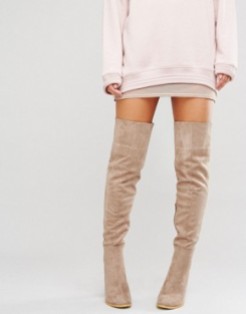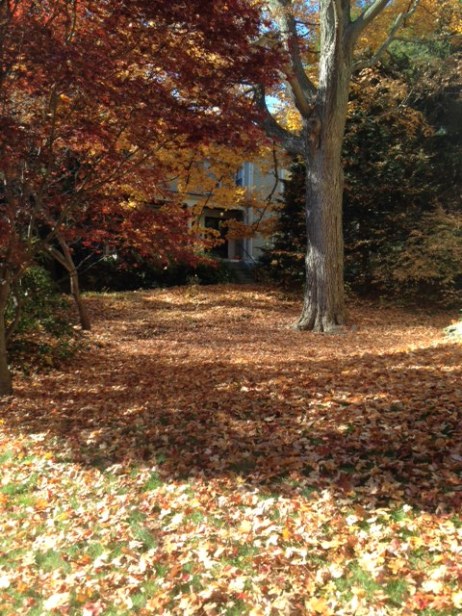Wherefore, boots?
For at least three seasons, maybe as many as five, I haven’t been able to find a tall boot that would work in a professional situation. At first, I thought it was me. I wasn’t really looking, or I was too picky, or the fashions just weren’t right for me. If it was the latter – well, that always changes after a season or two.
But recently I’ve realized that the current offerings are relatively permanent, and that it’s a problem noticed by other women I know. It’s an abrupt reversal of fashion and design trends that grew over decades as women entered, stayed in – and sent female children off to – the work force.
This isn’t about a boot shortage. These days, there seems to be a surplus. Online retailers like Zappo’s and Asos list pages and pages of tall boots (not to mention the equally ubiquitous “booty”). Macy’s, Lord & Taylor, Nordstrom, Nordstrom Rack, Marshall’s, T.J.Maxx, Nine West, Garnet Hill, J.Crew, Land’s End and others all list them on their websites or stock rows and rows of them in their stores. Everywhere, there are boots.
But there are none for women who want to wear them to work, looking smart and professional all day while being able to hurry down the halls of Congress or run up the stairs of the lab building or chase down an interview at the end of a court proceeding and then get back to the newsroom. For when we would want to wear trousers, dresses, or skirts.
The tall boots offered now are one of two styles: “riding” or over the knee (or riding boots with an over the knee flap, giving them a vaguely jackbootish air.) Some of the riding boots are faintly or overtly western, other Ralph Lauren-ish stiff, others elfin slouchy, still others all three in a mashup of design elements. Most of the over-the-knee boots remind one only of one profession – which might bring you to Washington or to courtrooms but not for the right reasons.
None but the highly expensive dress the ankle. None distinguish themselves through the shape of the toe bed. Almost all in the “riding” style have the profile of a rain boot: Wide in the ankle, gaping in the calf, neither square nor narrow. Some of the over-the-knee boots are fun, and some beautiful, but not really for everyday. For everyday, it seems, we have shapeless.
Did this trend emerge from girls wearing Uggs or Hunter rain boots (depending on whether they wanted to be slouchy or prim in their privilege) to college classes ten years ago? Is it a resistance to being professional? Are the stiletto over-the-knee boots being sold at department stores an outcome of internet porn?
Maybe it’s all of this and maybe it’s something more reflective of the state of our economy and of our aspirations. There is little cost to making the same boot year after year, and making it in China out of manmade materials. There is no cost to making a boot that will “fit” anyone – and there may be a profit in putting actual design up on the “luxury” shelf, so those with any style at all now cost between $300 – $800. And when we see boots that can only be worn with skinny jeans and leggings by day, or a minidress to a club at night — does it limit our imagination for putting on clothes that will take us far out into the world?
It’s a reshuffling toward the proletariat and the oligarchs – not toward a place where women are independent, buying their own clothes with their own money, succeeding and leading in the workplace and beyond.
boots from asos.com

















